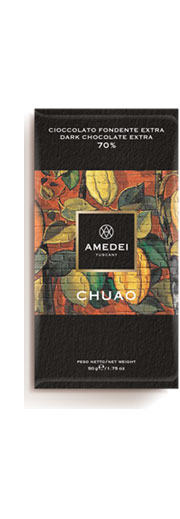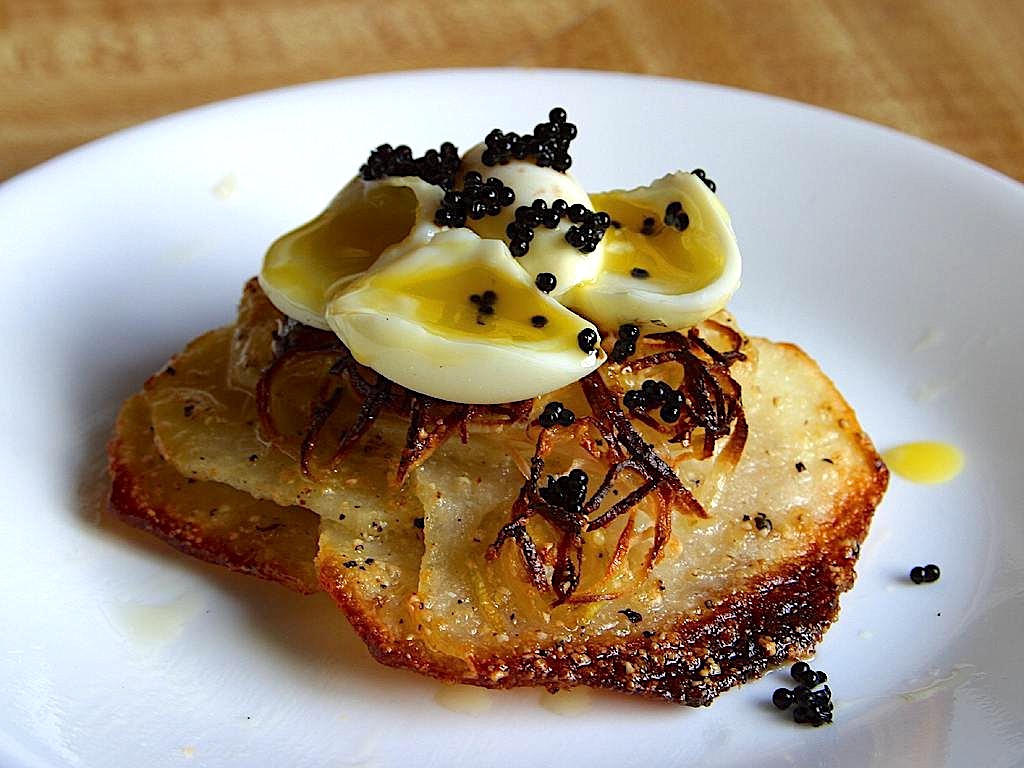King's Fine Food Blog
Food and Wine Pairings
Food and Wine Pairings – Food and wine pairings are the art and science of selecting the right wine to complement the flavours and textures of different foods, resulting in a harmonious and enjoyable dining experience. Here are some general guidelines for food and wine pairings:
Match the intensity: A general rule of thumb is to match the intensity of the food with the intensity of the wine. Lighter foods, such as delicate seafood or salads, are best paired with lighter-bodied wines, such as white wines or light red wines. Heavier foods, such as rich meats or stews, can be paired with fuller-bodied wines, such as red wines with higher tannins and fuller flavours.
Consider flavours and textures: Consider the flavours and textures of both the food and the wine when making a pairing. For example, a wine with high acidities, such as a Sauvignon Blanc, can complement a dish with rich or fatty flavours, such as a creamy pasta dish, by cutting through the richness. Similarly, a wine with a touch of sweetness, such as a Riesling, can balance spicy flavours in a dish, such as a Thai curry.
Look for complementary or contrasting flavours: Pairing complementary flavours can create a harmonious balance while contrasting flavours can create interesting and dynamic contrasts. For example, a wine with notes of citrus and herbs, such as a Sauvignon Blanc, can complement a dish with similar flavours, such as a lemon-herb roasted chicken. On the other hand, a wine with ripe fruit flavours, such as a fruity red wine like a Zinfandel, can provide a contrasting sweetness to a savoury, umami-rich dish, such as a mushroom risotto.
Consider the cooking method: The cooking method of the dish can also influence wine pairing. For example, grilled or roasted foods can pair well with wines that have smoky or toasty notes, such as an oak-aged Chardonnay or a Syrah. Fried or crispy foods can benefit from a wine with high acidity to cut through the richness, such as sparkling wine or Champagne.
Consider regional pairings: Wines and foods from the same region often have complementary flavours that can create a natural pairing. For example, Italian cuisine, known for its tomato-based sauces and herbs, can pair well with Italian wines such as Chianti or Sangiovese. Similarly, French cuisine with its rich sauces and earthy flavours can pair well with French wines like Bordeaux or Burgundy.
Consider personal preferences: Ultimately, personal taste and preferences play a significant role in food and wine pairings.
Everyone has their own unique palate, so it’s important to consider your personal preferences and experiment with different combinations to find what works best for you.
Remember that food and wine pairings are subjective and can vary depending on individual taste preferences, the specific wine and food being paired, and the occasion or context of the meal. It’s always a good idea to experiment and try different pairings to discover your own preferences and enjoy the experience of exploring the world of food and wine.




